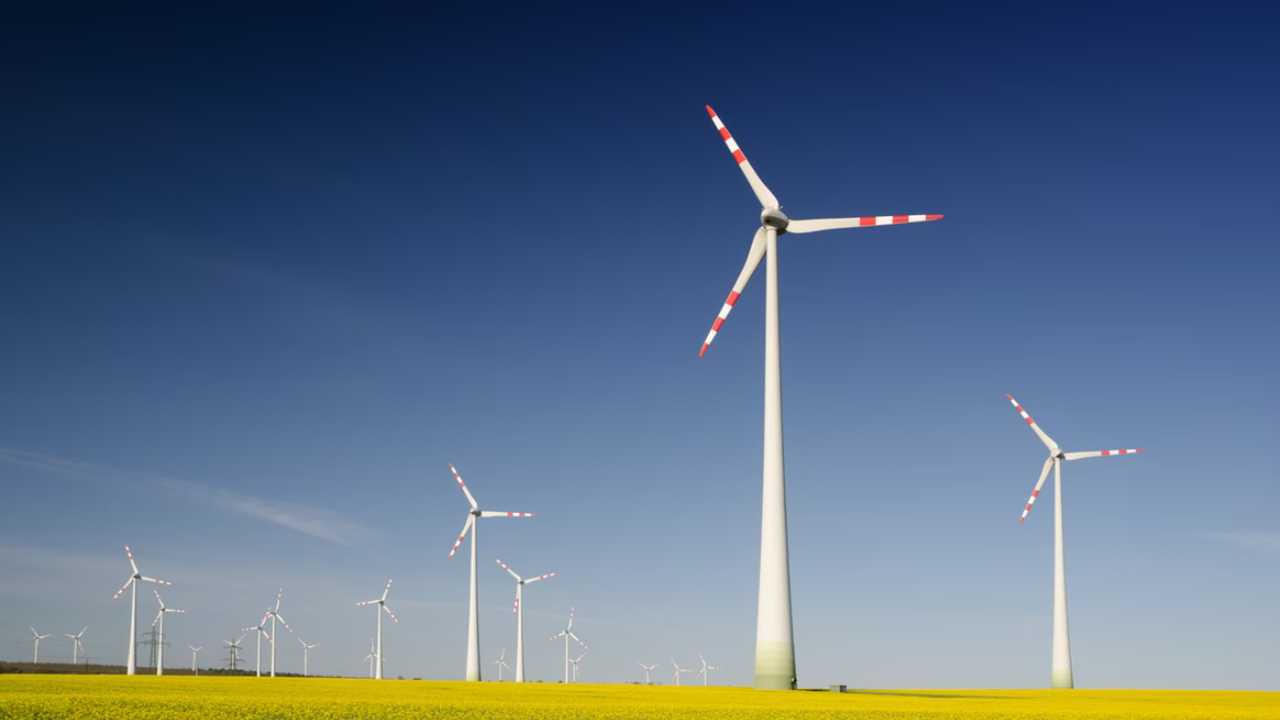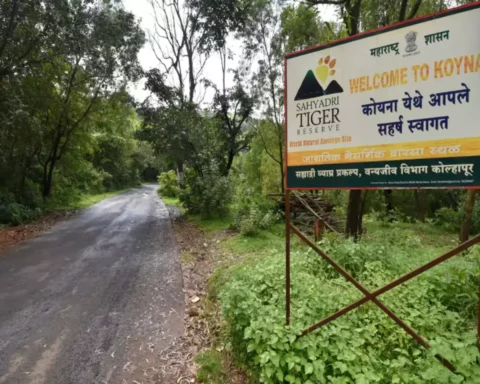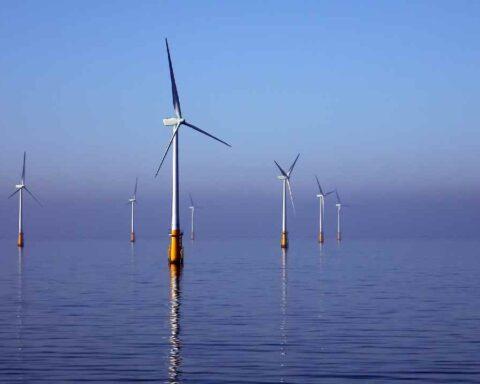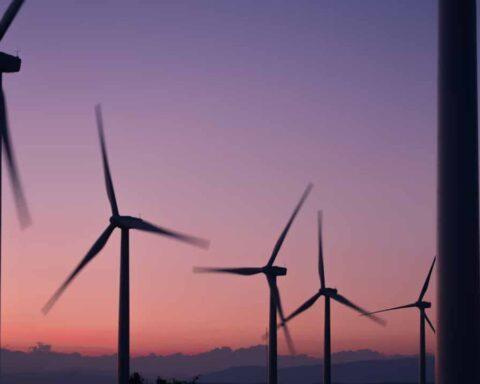India needs to take a multitude of approaches to address the COP26 announcements made by Prime Minister Narendra Modi. Increasing capacity of non-fossil fuel energy, decreasing carbon intensity, meeting half the energy requirement through renewable energy by 2030, reducing carbon emissions, and achieving net zero emissions by 2070 are few of the approaches, said Dr Akhilesh Gupta, Senior Adviser Department of Science & Technology (DST), Government of India.
In his speech at the inaugural session of the online training programme on Climate Change: Challenges and Response (for Scientists & Technologists), Dr Akhilesh Gupta said, according to the climate change vulnerability ranking of states carried out by DST, the eight most vulnerable states are Jharkhand, Mizoram, Orissa, Chhattisgarh, Assam, Bihar, Arunachal Pradesh and West Bengal – all in the eastern region, and there is a direct relationship between poverty and low HDI with the vulnerability of a place.
In his speech at the inaugural session of the online training programme on Climate Change: Challenges and Response (for Scientists & Technologists), Dr Akhilesh Gupta said, “Bringing economy’s carbon intensity down to 45 percent by 2030 is achievable with some major initiatives on electric vehicles and green hydrogen energy. Fulfilling 50 percent of India’s energy requirement through renewable energy by 2030 is also achievable as India has already achieved 40 percent share of renewable energy. Reducing 1 billion tonnes of carbon emissions by 2030 is challenging as India will have to cut down its carbon emissions by nearly 22 per cent. The biggest challenge for the country is to achieve carbon neutrality by 2070, which would entail scaling up renewable energy production several-fold. Besides, usage of coal would need to be dropped substantially, and consumption of crude oil across sectors would need to peak by 2050 and fall substantially between 2050 and 2070.”
The five-day online training programme at the Centre for Disaster Management (CDM), Lal Bahadur Shastri National Academy of Administration (LBSNAA), Mussoorie is being attended by scientists, technologists and resource persons from central and state government organisations all over India, who are interested in climate change and its allied areas. The programme, being supported by DST, is from 20- 24 December 2021.
Dr Akhilesh Gupta said that urbanisation is the new global change underway. He emphasised that surface temperatures in urban clusters may go up by 3-4 degrees Celsius higher than the global change. “The precipitation intensity and frequency could be entirely different from normal rainfall patterns in the urban clusters,” he added. He mentioned a recent study, which shows that the rainfall intensity in metropolitan cities is closely linked to population density. He stressed that the combined effect of an increase in greenhouse gas concentrations at the global scale and land use and land cover changes at the local level is the key anthropogenic factors impacting climate change in cities.
“Glaciology, climate modelling, urban climate, extreme events, and Himalayan ecosystem studies are the priority areas identified for the next five years under the Climate Change programme of DST,” he pointed out.
He also stressed the need for a Climate Change risk assessment at the district level over and above the vulnerability assessment for identifying climate-induced risk index. “This risk assessment would be helpful in the development of adaptation strategies and help in disaster management as well,” he added.
Dr Pankaj Kumar Singh, Associate Professor, CDM, LBSNAA, was also present during the inaugural program, which was attended by scientists, technologists, and experts on different aspects of climate change.





























